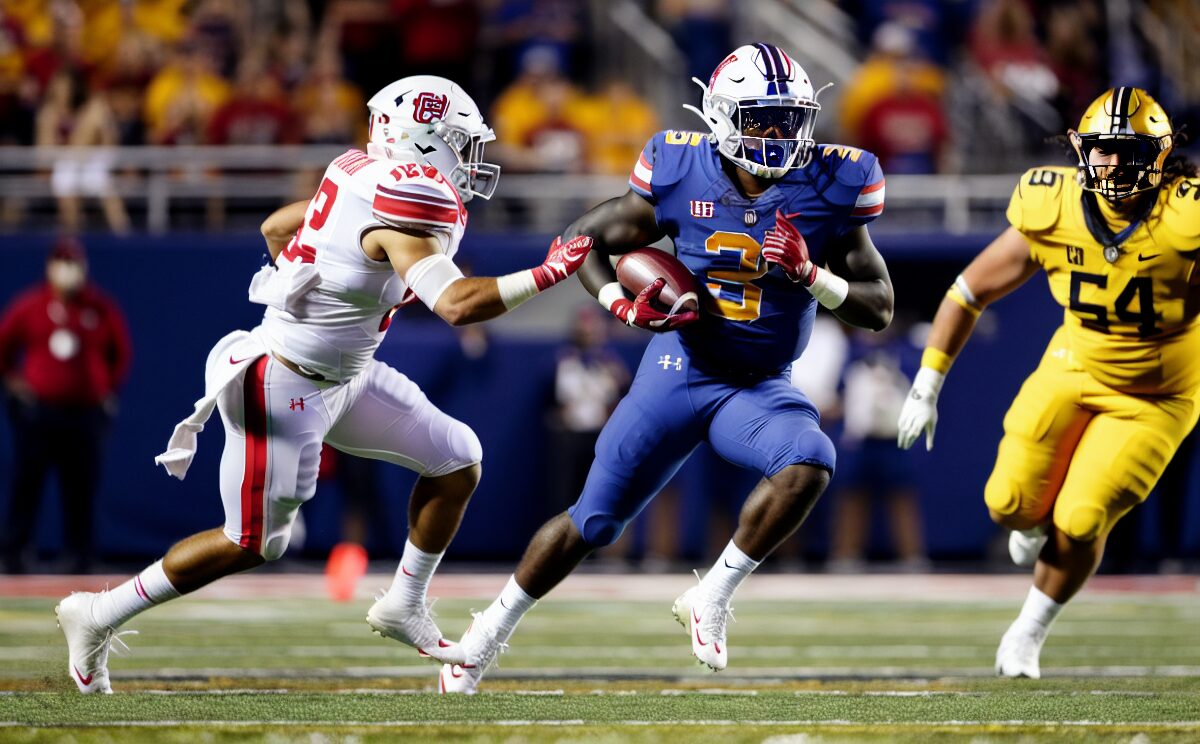Sony will implement Blockchain and NFT technology in its games

It was speculated that sooner or later, Blockchain technology and NFTs would make it to the mainstream gaming franchises when NFTs became popular. At that time, NFTs were mainly used as digital art to trade on massive platforms like Open sea.
Some devs also made NFT oriented games which would put your personal NFT to work in a simulation. Not only was a pre-owned NFT used in games like these, but later some games took things further and introduced the blockchain technologies and tokens to generate, trade and spend in-game.
Passionate companies built entire ecosystems around NFT games, and they exploded. Still, there was no sign of it coming to the mainstream gaming industry, as no significant company adopted blockchain technology or implemented it in the game in any way.
However, tides have recently changed as Square Enix became the first major game studio to implement blockchain and NFTs in their upcoming game Symbiogenesis. And now it looks like the biggest gaming company, Sony Interactive Entertainment, will soon follow the same path as recently a new one Patent is registered by Sony which hover around the same concept of implementation NFTs or non-fungible tokens or in-game currency of the Games.
The registered patent is titled as ‘Tracking Unique In-Game Digital Assets Using Tokens on a Distributed Ledger’, registration was applied for by Sony Interactive Entertainment on 7 May 2021, and it was published on 10 November 2022.
The filing date indicates that Sony has been working on implementing NFT technology into its game for a long time. The description of the patent goes as follows:
A system and method for tracking digital assets related to video games. The digital assets may be in-game digital assets, such as in-game items or characters. The digital assets can be video game digital media assets that represent moments of playing a video game, such as video clips or images.
The digital asset is created and a distributed ledger that tracks a history of the digital asset is created and stored across devices. A unique token for the digital asset may include a unique identifier and metadata identifying properties of the digital asset.
Changes in the properties of the digital resource, such as ownership, visual appearance or metadata, can be identified in a request to update the log. A new block can be generated for, and added to, the distributed ledger identifying the changes in the history of the digital asset. The new block may include hashes from previous blocks.”
This description mentions that this new patent will help the company make the in-game currency fungible and non-fungible, which is the primary use case of any NFT to give you a distinct identity that cannot be replicated or destroyed and will always represent you when it is stamped against your ID.
Furthermore, the patent describes the disadvantages of the current in-game currency system and what limitations the current system has, and how this new technology will help solve the problem.
Background (as described in the registered patent)
Individuals often find it meaningful to own or use unique physical objects related to respected celebrities or activities. For example, fans of the accomplished baseball player Babe Ruth, or of baseball in general, often seek to purchase and own baseballs signed by Babe Ruth, baseballs hit by Babe Ruth in an important baseball game, trading cards depicting Babe Ruth, and the like.
Video games are an increasingly popular activity all over the world. Skilled players of multiplayer video games become popular in multiplayer matches or tournaments, which are often live-streamed or otherwise broadcast to many viewers. Similarly, known players stream or otherwise live-stream or otherwise broadcast gameplay of single-player or multiplayer video games, such as where players perform or attempt speed runs, in-game challenges, multiplayer matches, or other gaming activities.
Some players who are particularly skilled or charismatic may develop large followings of devoted fans, much like the fan following of famous athletes, singers, actors or other celebrities.
In some video games, a player may use digital assets during gameplay. Such digital assets may include, for example, specific characters, costumes or objects. In traditional video games, multiple instances of the same in-game element exist in the same copy of the video game and/or in different copies of the video game.
These different instances of the same element in the game are traditionally fungible, as they are indistinguishable from each other. For example, even if a particular in-game element is rarely obtained in the video game, the in-game element is represented in the video game as a string of code that is identical to representations of other instances of the same in-game element in the same video game, and/or in other copies of the same video game. Therefore, in traditional video games, no digital asset is unique from other instances of the same element in the game.
As a result, in traditional video games, there is no way to know, track, or authenticate a story for a particular instance of an item in the game. For example, in traditional video games, there is no way to distinguish a specific instance of an in-game item that a known player of the video game used to win a known tournament from any other instance of the in-game item.
It will be fascinating to see how Sony will adopt the NFT ecosystem and how it will affect the games. What are your thoughts on this? Are you excited to see NFT’s mainstream play? Let us know in the comments section below.

























